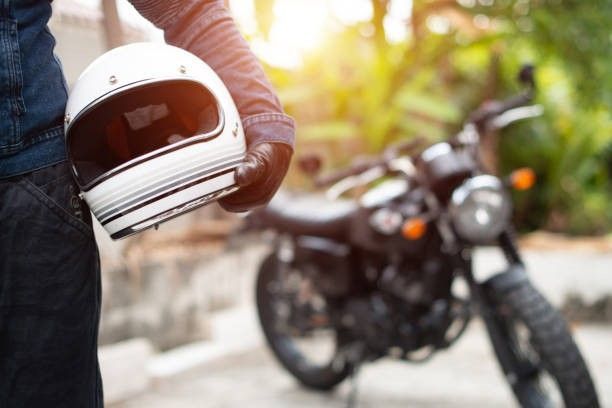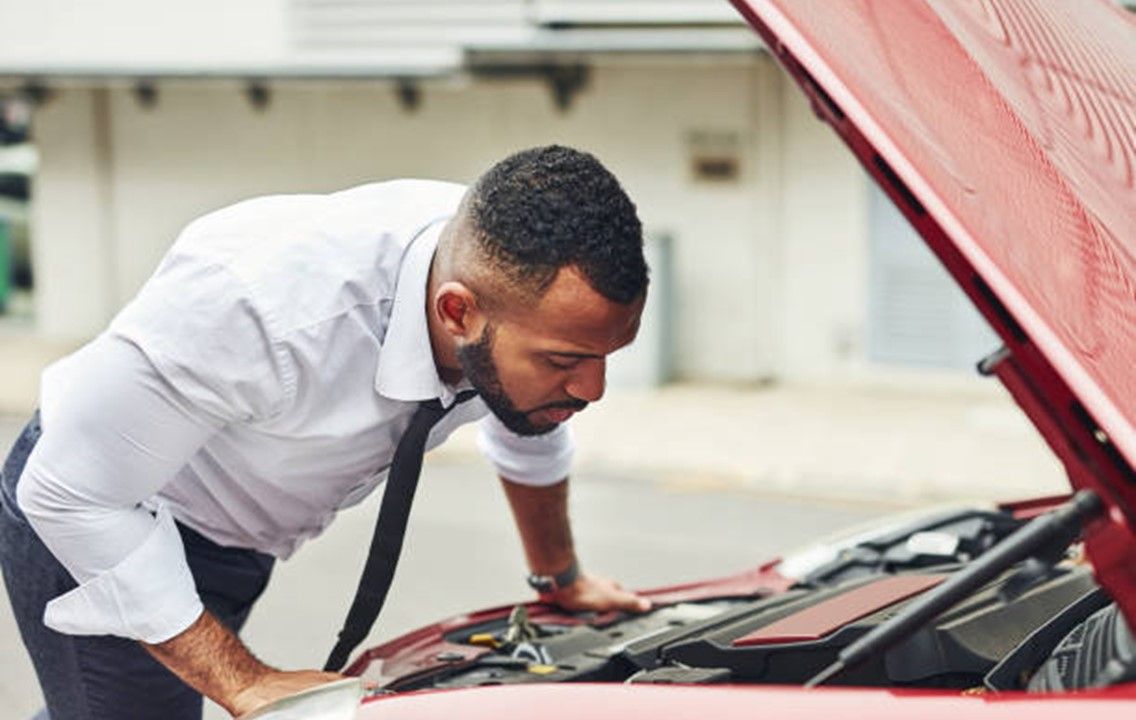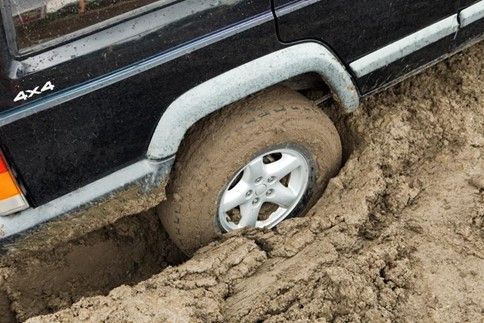Behind the Scenes of a Damage-Free Tow: 3 Tactics Towing Companies Employ
Being stranded on the side of the road with a broken-down car is a stressful enough situation, but the possibility of damage during the towing process only adds to the anxiety.
Fortunately, experienced towing companies have developed several tactics to ensure damage-free tows. This blog post looks at three of the most common techniques professional towing companies employ to ensure they safely transport your car.
1. Wheel Lifts
Many tow companies use wheel lifts. These are large vehicles with a platform that extends out from the back of the truck and underneath your car. This technology lifts your car by its wheels, leaving its body untouched.
The lift attaches to the two front wheels for a front-wheel drive car or the two back wheels for a rear-wheel drive car. Wheel lifts elevate the drive wheels off the ground, so the car is simply towed not dragged. Since only the non-drive wheels remain on the ground, the chance of damage is drastically reduced.
Towing professionals understand that the drivetrain components, such as the transmission, can be damaged if dragged while the car is towed. They can make special arrangements if your car is a four-wheel or an all-wheel drive. Here, the wheel lift can lift one side of the car at a time, ensuring minimal drag and no damage.
This technique is ideal for cars stuck in narrow spaces or heavy traffic, where traditional tow trucks cannot maneuver effectively.
2. Winching
Winching is another tactic a towing company uses when a car cannot be towed or lifted directly. This technique works best if the car is stuck in mud, sand, or a ditch.
Winching involves a motorized pulley system to haul the car onto or out of tight spaces. The winch connects to the car's frame through an attachment point, such as the tow hook. The pulley system is operated by an electric motor and connected to a steel cable. As the motor activates, the car is slowly pulled up or out of its difficult situation.
This method requires great precision since over-pulling can result in damage to the vehicle. Towing professionals have more control over where they can place the attachment point on the car. This is especially helpful if the car is stuck in an awkward position and needs to be pulled in a specific direction.
3. Flatbed or Rollback Trucks
Flatbed trucks are probably the safest and most secure way to transport a vehicle. These trucks are designed with a large, flat surface, or bed, which can be inclined or rolled back to ground level. This way, the vehicle can be driven or winched onto it. The bed is basically a hydraulic lift that can be raised or lowered to meet the ground.
Once your vehicle is on the bed, it's secured with chains or straps to prevent any movement during transportation. The chains and straps are all adjustable and can be tightened for an extra snug fit if needed. If you're uncomfortable with standard tow straps, some companies can even use high-tech ratchet straps designed to limit movement and prevent damage.
This method is great for inoperable cars because the flatbed can accommodate cars of any size. The flat surface eliminates any chances of damage since the car never has to be dragged or placed in a risky position.
Also, since the vehicle is completely off the ground while on a flatbed truck, there's zero chance of damage due to contact with the ground or other vehicles on the road. This technique is especially beneficial for vehicles with low ground clearance, high-end cars, or vintage vehicles that require extra care during transportation.
You don't have to worry about being stranded on the side of the road when you have a professional team of towing professionals ready to help. Check in with us at
AA Wrecker Service to see what methods we use for damage-free tows so you can be sure your car is in good hands!









